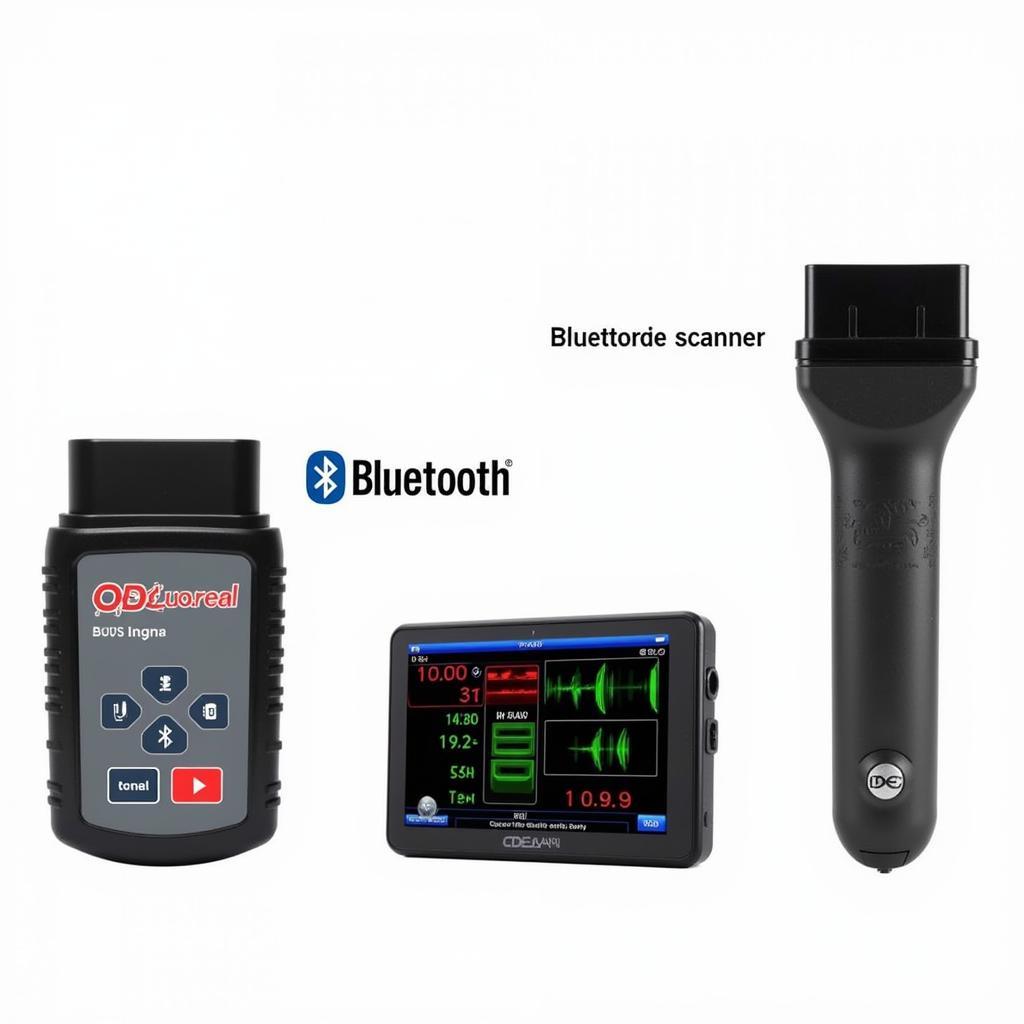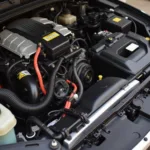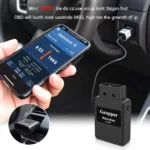When troubleshooting a check engine light or diving deep into your car’s performance data, an OBD2 scanner is your best friend. But a common question arises: “Do you leave the OBD2 device plugged in?”. While the answer might seem simple, it depends on the type of OBD2 device and your individual needs. This article explores the nuances of leaving your OBD2 scanner connected, addressing potential concerns and providing practical advice.
Understanding OBD2 Devices and Their Power Consumption
OBD2 devices come in various forms, from basic code readers to advanced Bluetooth scanners that pair with your smartphone. The power consumption varies significantly:
- Basic Code Readers: These generally don’t pose a threat to your car battery, as they draw minimal power and are typically used for short periods.
- Bluetooth Scanners: These devices rely on your car’s battery for power even when your phone is not connected. While the power draw is minimal, leaving them plugged in for extended periods, especially in older cars, could lead to a drained battery.
- Real-Time Scanners with Displays: These advanced devices, often used by professional mechanics, consume more power due to their larger screens and continuous data processing. It’s generally not recommended to leave them plugged in for long periods when the engine is off.
Risks of Leaving Your OBD2 Device Plugged In
While the risk is generally low, leaving your OBD2 device plugged in for extended periods could lead to:
- Battery Drain: In older cars or those with weaker batteries, leaving an OBD2 device, especially a Bluetooth or real-time scanner, plugged in for days or weeks could result in a drained battery.
- Security Vulnerability: Some advanced OBD2 devices store vehicle data. Leaving such a device plugged in could pose a security risk if someone gains unauthorized access to it.
- Device Damage: While rare, a power surge during jump-starting your car could potentially damage an OBD2 device left plugged in.
Best Practices for Using Your OBD2 Device
To maximize the lifespan of your device and car battery, follow these best practices:
- Unplug When Not in Use: As a general rule, unplug your OBD2 device when you’re done using it, especially if it’s a Bluetooth or real-time scanner.
- Be Mindful of Older Cars: If you have an older car or one with a battery that’s not in peak condition, be extra cautious about leaving any OBD2 device plugged in for long periods.
- Secure Your Device: If your OBD2 device stores sensitive vehicle data, consider unplugging it and storing it securely when not in use.
Frequently Asked Questions
1. Can I leave my OBD2 scanner plugged in overnight?
It’s generally safe to leave a basic code reader plugged in overnight. However, for Bluetooth or real-time scanners, it’s best to unplug them to avoid potential battery drain.
2. Will leaving my OBD2 device plugged in damage my car?
In most cases, leaving your OBD2 device plugged in for a short period won’t damage your car. However, prolonged use, especially in older cars, can lead to battery drain.
3. Can I use my OBD2 device while driving?
Yes, many OBD2 devices, particularly Bluetooth scanners, are designed to be used while driving. They can provide real-time data on your car’s performance.
Conclusion
Knowing whether or not to leave your OBD2 device plugged in requires understanding the type of device you have and your car’s specific needs. While the risk of leaving it connected for short periods is generally low, erring on the side of caution by unplugging when not in use can save you from potential battery drain or security concerns.
Remember, responsible OBD2 device usage ensures you can leverage its diagnostic power without compromising your car’s well-being.
For more insights on OBD2 devices, explore our detailed guides on ELM327 WiFi OBD2 for iPhone and Jaycar OBD2 Bluetooth.


